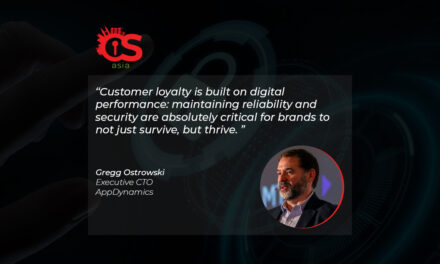Key considerations for mitigating SIEM costs with the right architecture and deployment models.
Security Information and Event Management (SIEM) systems are known to be very pricey.
According to the Ponemon Institute, 25% of SIEM costs are tied up in the initial purchase while the remaining 75% go toward installation, maintenance and staffing.
Many CISOs have suffered from SIEM bills that keep growing as their organizations expand their technology footprint and produce more security telemetry to analyze and store.
However, the notion that more data means more money does not always have to ring true.
For a start, enterprises should not start by collecting everything, but rather, they should define what they need to accomplish first, then figure out what data is required to get there.
This simple change in the approach can save a SIEM deployment from failure and help with better time to value. It also helps with the cost challenge because enterprises avoid collecting data they do not need.
Notwithstanding, best deployment practices may not be enough to keep SIEM costs under control, as some organizations are subject to very strict data retention regulatory requirements that compel them to collect and store massive amounts of data.
Incorporating analytics with data
The answer requires new architectures and deployment models. Security analytics solutions capable of delivering the monitoring use cases required are best suited to the scale and dynamic response inherent in the cloud.
The cloud SIEM, which was already becoming the standard deployment model because of the general trend of moving workloads to the cloud, is now the only practical solution to deal with the volume of data to be collected and the highly distributed, Software-as-a-Service (SaaS) consuming, nature of the workforce.
By moving SIEM to the cloud, cost savings can be achieved with a smart architecture that separates processing from storage costs. This allows organizations to put more money on data queries that require faster results, while keeping the less sensitive ones running in more cost-efficient computing models.
Additionally, enriching data with additional context, User and Entity Behavior Analytics (UEBA) can help uncover many common use cases including insider threats, phishing attacks, fraud, privilege misuse and more.
More than just cost savings
A cloud-native SIEM solution that is integrated with big data-based storage systems offers better performance, analytics, and threat detection because it can dynamically scale up or down as needed.
Cloud-native solutions help security teams stay on the cutting edge of cybersecurity with benefits including:
- Elasticity – the ability to adapt to workload changes by provisioning and deprovisioning resources as needed
- Scalability – the ability to increase or decrease performance and cost in response to changes in application and system processing demands
- Reliability – which is the ability to maintain steady detection and response times, even during periods of increased demand
Flexible deployment
Another advantage for organizations is the ability to incorporate their security data into their overall planning for a data cloud.
A modern SIEM enables organizations to “bring their own cloud” and keep their data in their own cloud storage for complete control and access.
It can help maximize the resources available and achieve an economy of scale for data needs that is just not possible when security data is kept in a separate silo, enabling organizations to realize the benefits of a next-gen SIEM while maintaining control of their sensitive data.
Enterprises today requires a cybersecurity strategy that is dynamic, predictive, flexible and elastic to withstand changes to the threat landscape and IT environments.
Moving SIEM to the cloud offers flexibility, which is a key element when it comes to futureproofing security, and provides organizations with resiliency needed to navigate today’s complex and evolving security landscape.

















